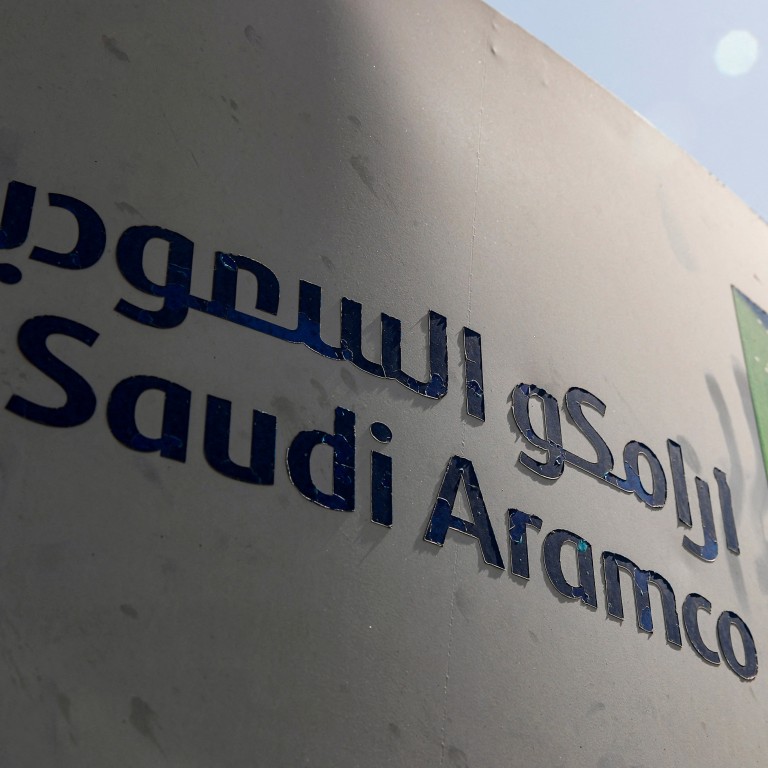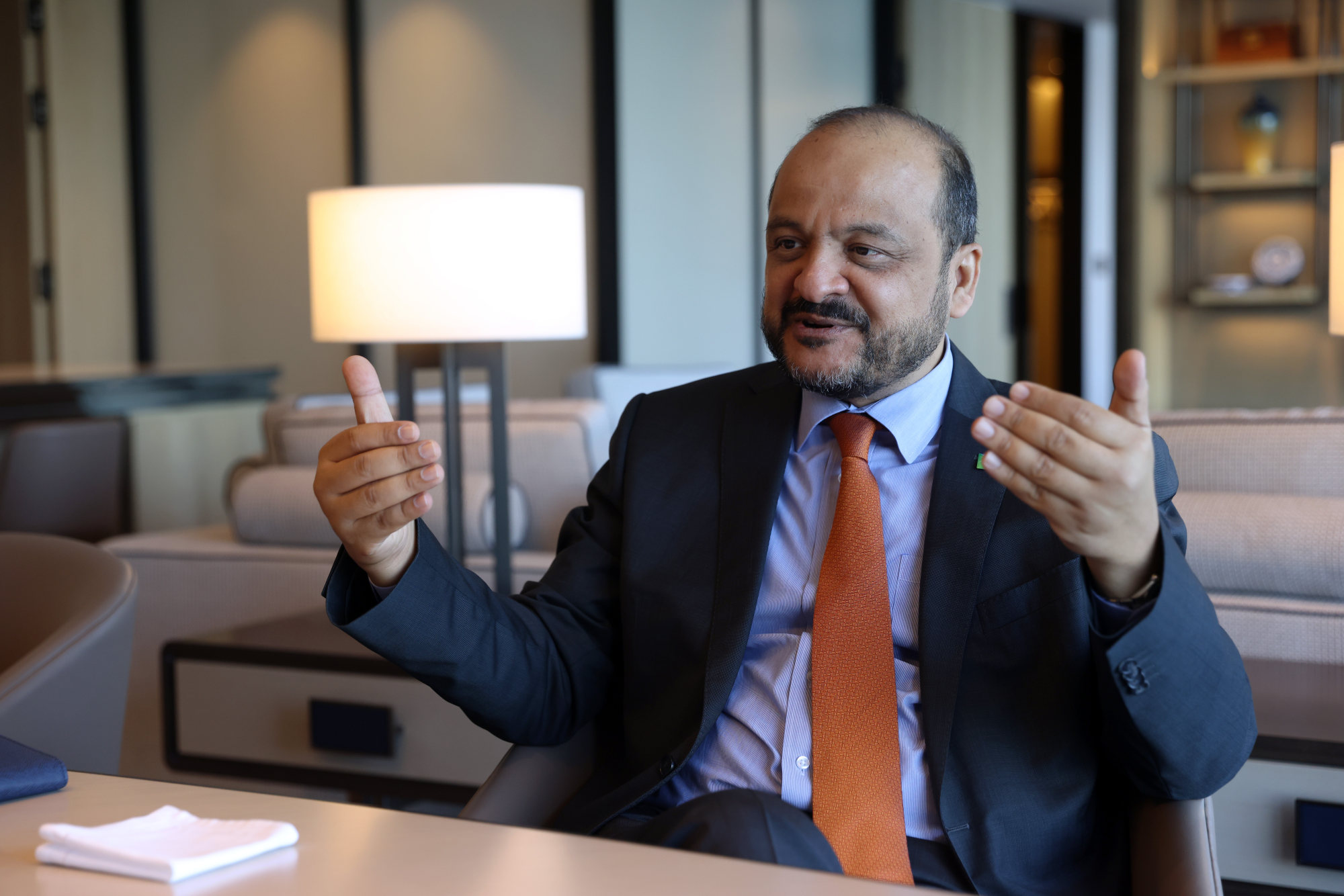
Exclusive | Climate change: Saudi Aramco and Chinese partner soon to fire up hydrogen-conversion pilot plant, technology head says
- Aramco and Suzhou-based Since Gas’s pilot plant aims to demonstrate the feasibility of a technology for converting ammonia to hydrogen
- The Saudi oil producer plans to spend nearly US$500 million a year on sustainability-related research and development, says its technology and innovation head
Dhahran, Saudi Arabia-based Aramco, the world’s largest oil exporter and third most valuable company, plans to spend nearly US$500 million on sustainability related research and development a year, said Ahmad Al-Khowaiter, executive vice-president of technology and innovation.
That includes hydrogen and carbon capture and storage (CCS) projects, which are especially needed in industries such as steel, cement, aviation and shipping, which lack renewable energy alternatives that are affordable and reliable.

Aramco is collaborating with Suzhou, Jiangsu province-based Since Gas on the plant, which aims to demonstrate the feasibility of a technology for converting ammonia to hydrogen. The facility in Jiangmen, Guangdong province will have the capacity to produce 200 kilograms of hydrogen daily, and is expected to be completed this month.
The conversion process uses a catalyst developed in collaboration with King Abdullah University of Science and Technology in Thuwal, Saudi Arabia, Al-Khowaiter said.
Hydrogen produces no carbon emissions when burned but is expensive to transport. Ammonia, which is produced commercially via the reaction of nitrogen and hydrogen at high temperature and pressure, is not easy to handle, but is seen as a good carrier for hydrogen energy because it can be transported over long distances more cheaply than hydrogen. However, technology for transforming ammonia back to hydrogen on a commercial scale is still under development, Al-Khowaiter said.
Cop28: ‘Race against time’ to reach climate deal amid row over fossil fuels
Aramco aims to produce 11 million tonnes of so-called blue ammonia from natural gas by 2030, and hopes to sell it in Europe and Asia when environmental policies and incentives make it economically viable. Blue ammonia means the emissions created in the ammonia’s manufacture are captured; green ammonia is produced using renewable energy, leading to virtually no emissions.
In another project, Aramco in October signed an agreement with renewable energy technology firm Enowa to build a 35 barrels per day low-carbon synthetic fuel pilot plant. In anticipation of rising demand for non-fossil, low-carbon fuels, the project aims to demonstrate the technical and commercial viability of producing such fuels.
The plant will use a technology developed by German chemical engineering firm ThyssenKrupp Uhde to turn renewable hydrogen and captured carbon dioxide into synthetic methanol.
China’s role in spotlight as climate talks in Dubai enter final phase
The methanol will then be converted into low-carbon petrol using ExxonMobil’s methanol-to-gasoline technology. The process has the potential to reduce carbon emissions by more than 70 per cent compared with conventional fuels, Aramco said.
Aramco last year announced a target to reduce the emissions intensity of its upstream oil and gas production operations to 8.7 kilograms of carbon dioxide equivalent per barrel of oil equivalent by 2035, from 10.2kg in 2018.
The effort is part of Aramco’s ambition to achieve net zero scope 1 and scope 2 greenhouse gas emissions by 2050 across all of its operated facilities, which also includes a target to invest in 12 gigawatts of solar and wind farms by 2035. Scope 1 emissions arise directly from a company’s own facilities. Scope 2 emissions arise from bought energy. Scope 3 emissions are those associated with supply chain activities.
Hydrogen has way to go before it emerges as a truly green fuel
While Saudi Arabia has set a net zero target for 2060, it has long argued the focus should be on cutting emissions from fossil fuels, rather than reducing their production. It has emphasised the role of carbon capture, utilisation and storage in decarbonising the global economy, although the consensus among climate scientists is that the world must phase out fossil fuels as quickly as possible.
Aramco recorded US$161 billion in profit in 2022.

